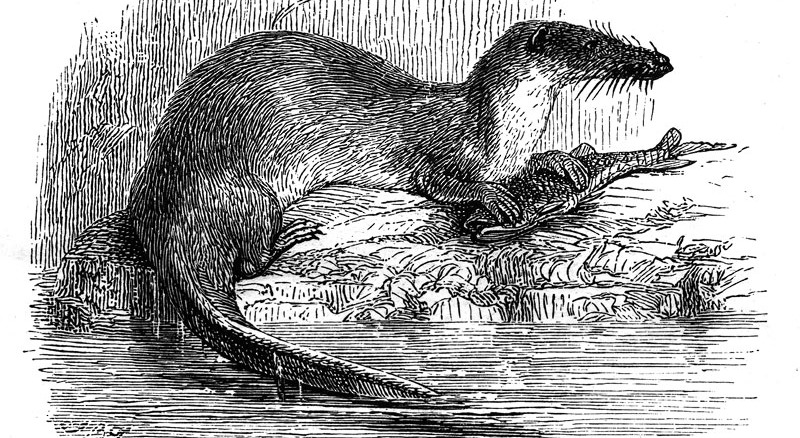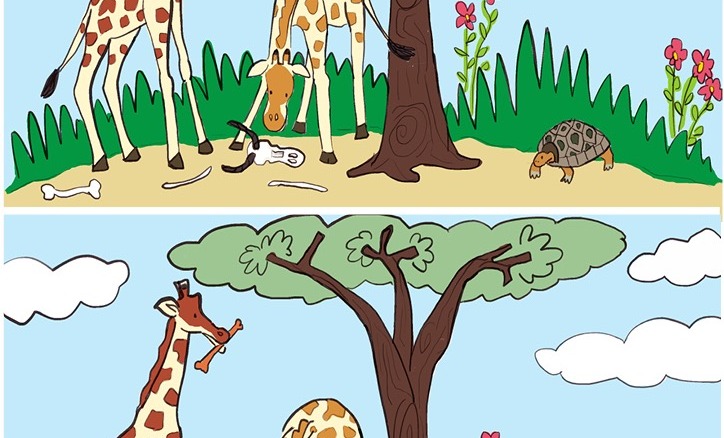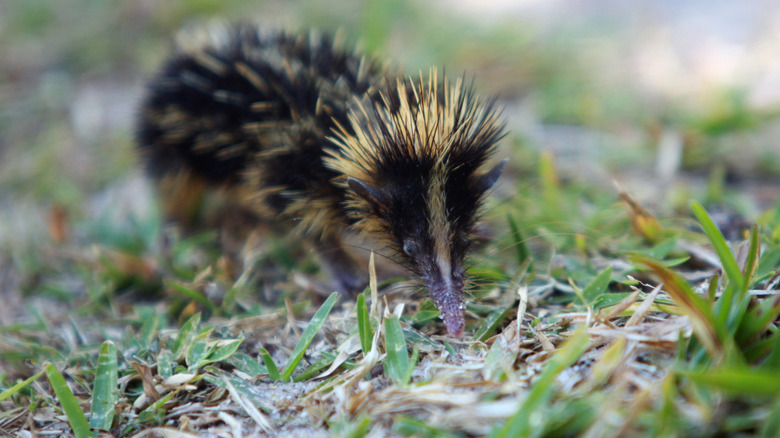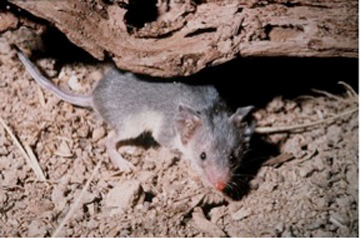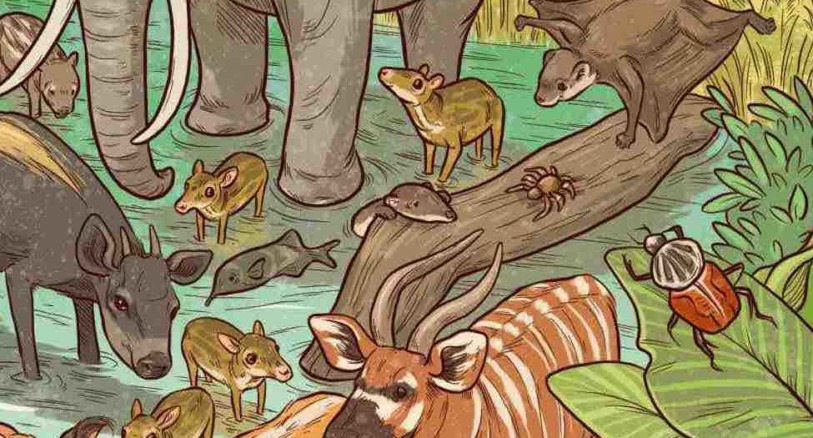
1. True or False? A tapir looks like nature put a shortened elephant trunk on a pig, but tapirs are really relatives of horses and rhinos.
True! The tapir has a flexible nose that can grab the leaves, twigs, fruits, and other plant parts that it eats, like an elephant’s trunk does. Like an elephant, the tapir can also use its nose as a snorkel as it swims in the rivers of its rainforest home.
A tapir’s body shape resembles a pig. Despite these resemblances to elephants and pigs, tapirs are most closely related to horses and rhinos.
2. True or False? Baby tapirs look like watermelons because all they eat is watermelon.
False! Baby tapirs have stripes and spots on their bodies that resemble the stripes on watermelons. (Although baby tapirs are reddish-brown and not green!) This pattern provides camouflage for the baby in its forest habitat. Tapirs lose this camouflage coloration as they grow.
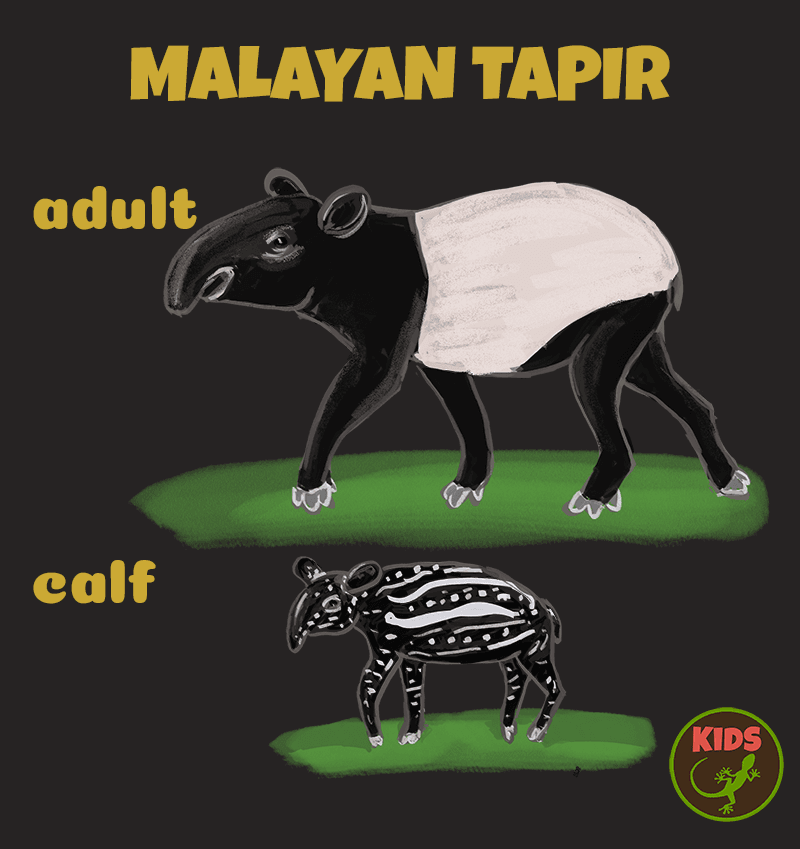
3. True or False? All tapirs live in Central and South America.
False! Tapirs are the largest living land mammals in South America, and there are three species of them there.
Baird’s tapir ranges from southern Mexico throughout Central America and down into Ecuador and Colombia. The lowland tapir ranges across much of northern and central South America from Venezuela to Argentina. The mountain tapir lives in montane forests of Colombia, Ecuador, and Peru.
The only other living tapir species is found across the Pacific Ocean in Asia. The Malayan tapir is found in Malaysia, Thailand, and on the Indonesian island Sumatra.
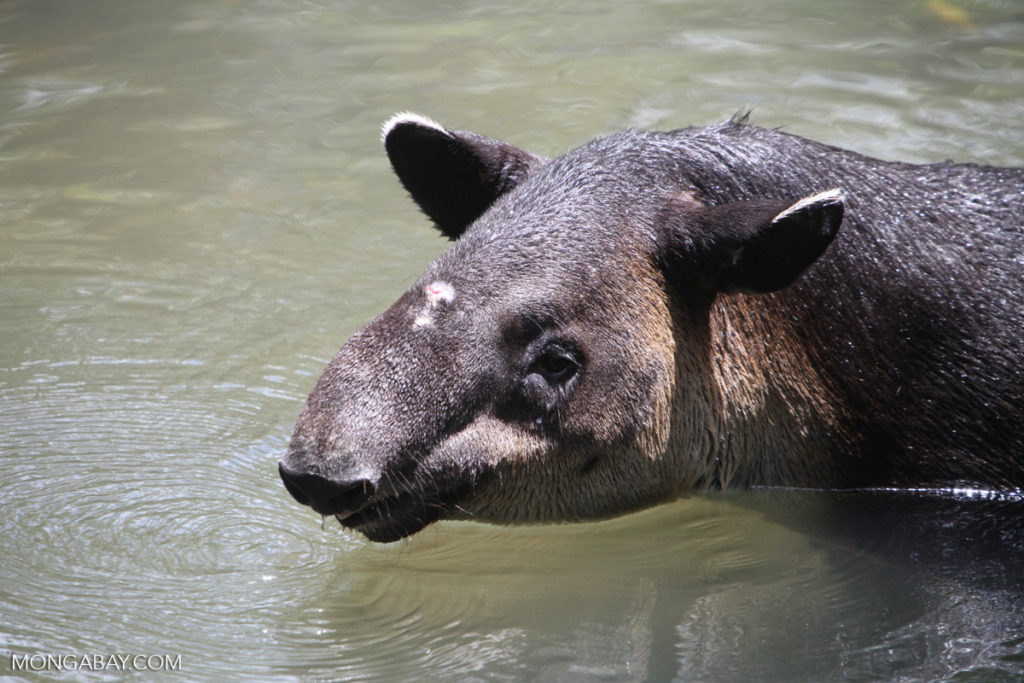
Tapir resources for parents and educators
Visit the IUCN/SSC Tapir Specialist Group website for educator resources and activities for kids!
Visit tapirday.org for tapir-themed arts & crafts.
*Mongabay Kids is not responsible for content published on external sites


